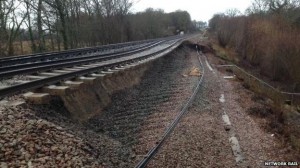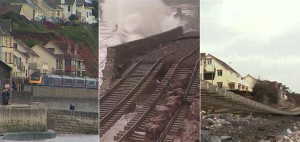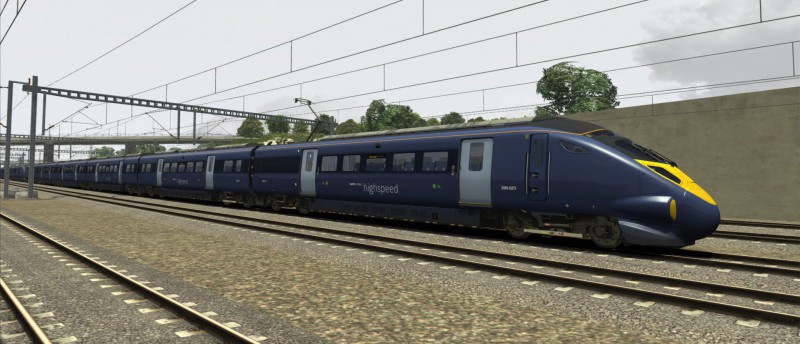Extreme weather affected local railway services earlier this year, with some Hastings commuters switching to the Rye line. Local groups are concerned that not enough is being done about climate change and extreme weather in our area.
In the meantime, the decision on whether hi-speed trains to London St Pancras International will stop at Rye on their way to Hastings and Bexhill could be affected by costs and potential demand. Rye Town Council’s public services committee has already been told that some residents do not want the service.
The belief is that it will attract more commuters to the town, increase demand for housing and force prices up, Stuart Harland, chair of Marsh Link, the rail action group, told the committee. Although commuters already travel from Rye to London, a through service would mean not having to change at Ashford, as well as cutting travel time across the Marsh.

Sussex rail services were badly affected earlier this year by heavy rain causing landslips on the Hastings-Tonbridge line and other infrastructure damage. Rail travellers from Rye to Ashford witnessed a long period of heavy flooding alongside the line, particularly around Appledore.
New Romney has since called for more money to be spent on pumping water out of the Marsh, and the Kent Association of Local Councils has expressed concern about extreme weather problems. Heavy rain back in February badly affected the Somerset Levels, an area below sea level similar to the Marsh, and railway lines were washed away in both Somerset and Devon where rivers and other drainage passed near or under railway lines.
Following exceptionally heavy rain, railway lines can be undermined or washed away. In Kent, near Tonbridge, a sudden downpour in the 1960s washed away an embankment leaving the line hanging in mid-air.

New Romney council called for more attention to be given to drains, ditches and sewers to clear water away. Around 20 of these seem to pass under the Marsh line between Rye and Ham Street, in the area where there was most flooding this spring.
Train operator Southeastern saw passenger satisfaction levels slump after the spring problems forced many Hastings commuters on to the Rye line and Network Rail, responsible for rail infrastructure, has since been strengthening earthworks and improving drainage on the Hastings-Tonbridge line.
Network Rail might have to give continuing attention to the impact extreme weather can have on railway lines – and not just from landslips – if hi-speed trains are to cross the Marsh. Existing services could also be affected.
Rother Environmental Group and distinguished scientist Dr Ian Graham-Bryce, who lives in Rye, have also expressed concerns about the potentially serious adverse consequences of climate change and extreme weather in line with local councils.
Widespread flooding on the Marsh and the collapse of the outfall at Jury’s Gap added, said the Kent association, to the pressure on drainage. Network Rail knows from recent experience around the UK that lack of adequate drainage can seriously undermine railway lines.



